How to get rid of aphids in the garden and indoor flowers?
Only by choosing the right remedy for aphids and applying it according to all the rules, summer residents will be able to protect their plantings from a dangerous pest and save the harvest. Insects are distinguished by their voraciousness and high reproduction rate. In the garden and garden, aphids are affected by many cultures, so the fight against it always remains relevant. Often, the pest attacks indoor plants.
Why is aphid dangerous?
The pest is small in size, but it is capable of severely damaging cultivated plants, attacking them with whole colonies. Aphids most often choose weakened specimens as a food source, the immunity of which does not work properly. The parasite also has its own taste preferences.
In the temperate climatic zone, the following types of aphids are common:
- ordinary (herbal);
- beetroot;
- apple;
- cabbage;
- blood.
Despite the specific names, varieties of aphids can infect not only crops of the same name, but also many other plants. Outwardly, insects differ mainly in body color. Aphids can be black, red, green, translucent.
On healthy plants, insects choose young shoots and leaves for attack: the newly formed plant tissue is easier to puncture aphids. The parasite sucks juices from plants and feeds on young plant cells. As a result, the growth of shoots stops, they are deformed and die off.
Leaves devoid of juices curl, turn yellow and fall off, which leads to disruption of photosynthesis. Having prematurely lost its foliage, the plant becomes weakened, winters worse, and is more likely to develop various diseases. And the aphid itself can become a carrier of viral infections. With a massive defeat of aphids, the death of the culture is likely.
Where and why do aphids appear?
Aphids can quickly spread throughout the garden and orchard. The settlement of the pest is facilitated by garden ants, which feed on the sweet secretions of sucking insects. The ant family can carry away aphids for wintering in an anthill, and in the spring it can repopulate cultivated plants with insects. Also, ants protect small parasites from natural enemies.
Aphids can settle on the site by themselves as a result of migration. At the junction of spring and summer, winged females appear in the colony, capable of covering considerable distances. You can bring aphids to the site along with the purchased seedlings.
At some point, the colonies of one pest species are replaced by another. This means that the insects migrated in search of more favorable conditions and a suitable food source.
Gusts of wind can bring aphids into a city apartment, where they settle on home flowers. Insects can also get into the house together with a new plant brought from a store or from friends. If the presence of the parasite is not noticed in time, the entire flower collection may soon be infected.
Pest control methods
You can get rid of aphids with chemical and folk remedies. To combat the pest at home, biological products that are harmless to the environment, humans and pets are suitable.
Removing aphids on indoor flowers
The fight against aphids on indoor plants should be thought out, since in an enclosed space, the concentration of toxic substances in the air may be unsafe.It is especially important to take this into account if there are small children, pets, elderly and weakened people, pregnant women in the house. You can use several methods at once or alternate them with each other.
The tactics chosen depends on the number of harmful insects:
- In case of minor damage, it is necessary to remove the damaged parts of indoor plants, and then arrange water procedures for the flowers, irrigating them from a shower head.
- If one of the plants is attacked by a large number of parasites, it is best to get rid of it to prevent infestation of other flowers in the house.
- In the summertime, you can bring home several ladybugs - these are the natural enemies of aphids. In a short time, predatory insects will completely destroy small pests.
- To drive away aphids from flowers, you can spray them with infusion of lemon or orange zest (100 g per 1 liter of water). You need to insist on the remedy for 3 days. After that, the plants are sprayed daily until the aphids disappear from the leaves.
- Home processing can be carried out using tobacco dust infusion (40 g per 1 liter of water). The tobacco is poured with liquid and left for a day, after which the infusion is filtered and used for spraying.
In order to prevent indoor plants, it is useful to periodically arrange a warm shower. Aphids are easily washed off from leaves and stems. It is necessary to pour water over the leaves from both sides. At the same time, this procedure will help get rid of the spider mite.
Application of chemical insecticides
Industrial means act quickly and efficiently, but have a number of disadvantages: biological balance can be disturbed, poisoning of pollinating insects, birds, and humans can occur.
Applying chemistry, be sure to take into account the stage of vegetation of plants. Insecticides are not used on crops during fruiting.
You can treat plantings from aphids with the following drugs:
- "Aktara". Thiamethoxam-based, low-toxic, broad-spectrum drug. It is able to destroy aphids in one application, acts quickly. Insects die within the next 2 hours after treatment. Provides protection for 2 to 4 weeks. Product consumption - 2 g per 10 liters of water.
- Biotlin. The active ingredient is imidacloprid. A systemic drug that causes paralysis in pests. The effect appears within the next hours after treatment, the protection lasts up to 3 weeks. The solution is prepared from 5 ml of the drug per 10 liters of water.
- Tanrek. Systemic contact-intestinal insecticide based on imidacloprid. Pests die en masse within 5 hours after treatment. The remaining individuals die within the next 5 days. One package of water-soluble concentrate (ampoule or sachet) is diluted in 10 liters of water (previously - in 1 liter, then the volume is brought to 10 liters).
- "Bankol". Insecticide of contact-intestinal action. Destroys pests in 1 treatment, causing them to be paralyzed. The active ingredient is bensultap. The drug is low-toxic, does not harm pollinators, plants, soil. The dosage is 4–6 g of insecticide per 10 liters of liquid.
- "Karbofos". Time-tested agent belonging to the group of malathion-based contact-intestinal insecticides. Available in powder and suspension form. The death of parasites occurs 3-4 hours after the application of the agent. It is addictive, therefore it is recommended to use it no more than 2-3 times a year. Consumption - 30 g of powder per 5 liters of water.
- Fufanon Nova. A wide-spectrum drug popular among summer residents. The main active ingredient is malathion. The working solution is prepared from 12-14 ml of the drug per 10 liters of water. It will take 2-3 treatments. The insecticide is available in 5 ml ampoules.
- "Kortlis", 5 ml. A modern broad-spectrum insecticide based on imidacloprid, available in ampoules. Causes immediate death of insects, provides further protection for 4 weeks. The solution is prepared from 1 ampoule of the drug per 10 liters of water.
"Iskra", "Commander", "Jaguar", "Strela", "Confidor" have also proven themselves well in the fight against the pest.
To improve the adhesion of the working solution to plant leaves, it is necessary to add 30–40 g of crushed laundry soap (per 10 liters) to the composition. Processing is carried out in dry and calm weather using personal protective equipment. If it rains after that, the spraying should be repeated (does not apply to systemic drugs). The solution should hit the leaves on both sides.
Use of biologicals
Biological preparations for aphids can be used at any stage of the growing season. Their effect is less pronounced, therefore, more treatments are required. But even in this case, the result will not be noticeable immediately. However, such products are popular due to their low toxicity.
To destroy aphids, you can use:
- "Bitoxibacillin". The product is a brown powder made from special bacteria. You can also use a biological product against spider mites, Colorado potato beetles, leafworms and other insects. The working solution is prepared from 40-100 g of powder per 10 liters of water. The exact dosage depends on the specific culture.
- Fitoverm. The main active ingredient of this biological insecticide is aversectin-s. It is a waste product of specific soil microorganisms. Fitoverm first penetrates into plant tissues, from where it enters the gastrointestinal tract of parasites with plant juice and blocks their nerve impulses. Mass death of aphids occurs 3 days after application. The treatment must be repeated after a week. The dosage depends on the culture.
- "Trichopolus". A drug based on metronidazole, produced in tablet form. Available at the pharmacy. Causes paralysis in aphids after application. Suitable for frequent treatments, easy to wash off with rain. It can be used in the initial stage of culture infection. The solution is prepared from 20 tablets per 10 liters of water.
Biological preparations have specific uses. It is necessary to process plants with them at the very beginning of infection, since these funds do not begin to act immediately. In cool weather, biological products are ineffective; they are used at temperatures above 15 ° C. It is imperative to observe the frequency of treatments.
Folk remedies
If there are few insects, irrigation of plants with water under pressure from a hose will help. Having fallen to the ground, the pests will not be able to climb back and will become food for birds.
In more advanced cases, you can use various infusions and solutions:
- Ash infusion. For cooking, use 5 liters of water and a glass of wood ash. After the composition is infused for 12-14 hours, it is used to spray the infected plants.
- Soap and soda solution. It is prepared from 5 liters of warm water, a bar of grated laundry soap, and 4-5 tbsp. tablespoons of soda ash. Before use, the composition must be thoroughly mixed until the components are completely dissolved.
- Infusion of tobacco. To prepare it, take 1 cup of crushed tobacco leaves per 5 liters of boiling water. The infusion should be prepared within 24 hours. After that, it is filtered and used for spraying garden and horticultural crops. Within a week, the fruits can be used for food.
- Infusion of bitter pepper. 5-6 pepper pods are used for 5 liters of water. Raw materials are pre-crushed with a knife. The tool should be infused for 3-4 hours, after which it is filtered and used for its intended purpose.
- Infusion of garlic. A glass of cloves is crushed and added to 10 liters of warm water. After 12 hours, the composition is filtered and 2–3 tbsp is added to it. spoons of liquid soap. Onions can be used instead of garlic.
- Infusion of foliage. For its preparation, stems of tomatoes or potatoes are suitable. The greens are finely chopped, the bucket is half filled, the remaining volume is occupied by boiled water.You need to let the composition brew for a day, then add 2 tbsp to it. spoons of soap shavings - and can be used for spraying.
- Milk whey solution. Serum in the amount of 1 liter is mixed in half with water and 10 drops of lavender, cedar, thyme essential oil are added to the solution. The composition is sprayed on infected plants twice a day.
It is necessary to apply folk remedies regularly - until the pests disappear. A single treatment will not give an effect. Spraying should be done early in the morning or in the evening, abundantly wetting the entire aerial part of the affected plants. After precipitation falls, unscheduled processing is carried out.
Plant repellents
At the summer cottage, it is quite possible to organize natural protection against aphids by planting repellent plants. These include aromatic herbs:
- Melissa,
- lavender,
- mint,
- sagebrush,
- tansy,
- thyme.
It is enough to plant a garden bed with them around the perimeter so that the pests do not come close to it.
Do not like aphids and odorous flowers - marigolds, calendula, Persian chamomile. White mustard, black elderberry can help protect garden plantings. The smell of tomatoes planted in open ground or in a greenhouse is also intolerable to aphids.
Planting onions and garlic will scare away insects. These spicy vegetables can be planted in row aisles with other crops.
Decoy plants
In addition to plants that repel aphids, there are those that attract insects.
The pest chooses the following types of flowers to attack:
- roses,
- chrysanthemums,
- nasturtium,
- cosme,
- mallow,
- tuberous begonias.
To taste, aphids and fruit trees - apple, cherry, plum.
The pest loves to feast on black and red currants, viburnum, grapes, bird cherry leaves.
Among vegetables, the insect prefers cucumbers, eggplants, tomatoes, sweet peppers, and potatoes. Melons and melons are also vulnerable to aphids.
All of these plants require special attention and regular inspection for the timely detection of parasites.
Enemies of aphids
In nature, aphids are part of the food chain, becoming food for various insects and birds. Ladybugs, lacewings (especially active at night), earwigs, sand wasps, ground beetles, crickets, spiders willingly eat it.
Sedentary insects often become prey for birds. The pest is destroyed by starlings, swallows, wagtails, rooks, flycatchers, tits and woodpeckers. To attract birds to the site, feeders are hung for them in different parts of the garden, contributing to the safe wintering of birds. Berries, grain are suitable as food, chunks of bacon will taste like titmouse.
Prevention
It is impossible to completely get rid of aphids in the area. It is necessary to strive at least to reduce its number in order to avoid significant damage. This is facilitated by:
- control of the ant population, fight against them;
- balanced feeding, contributing to the formation of a full-fledged leaf apparatus in plants;
- regular watering by sprinkling;
- timely removal of unnecessary growth with soft tissue;
- cleansing tree trunks from old bark, whitewashing the trunk.
Among other things, it is necessary to control weeds and avoid thickening of the plantings.
To protect planting from aphids, you should use complex measures. Regular prophylaxis and examinations will help to control the situation and avoid neglected plant conditions, crop loss, and plant destruction. To combat the pest, there is a wide arsenal of tools today.
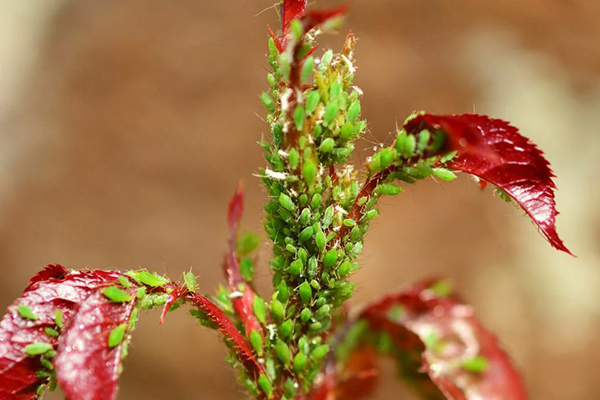
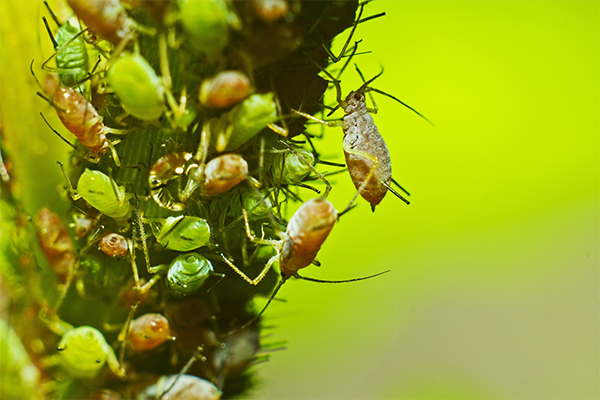
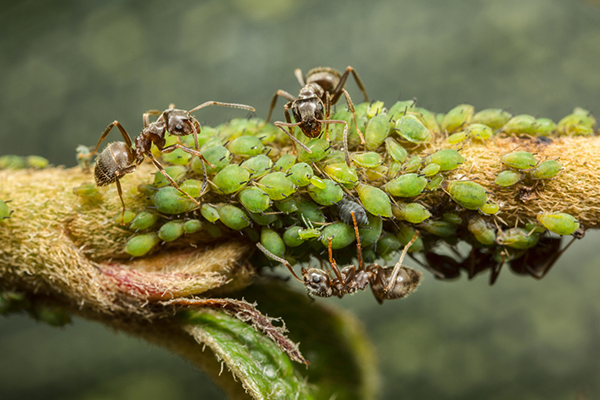
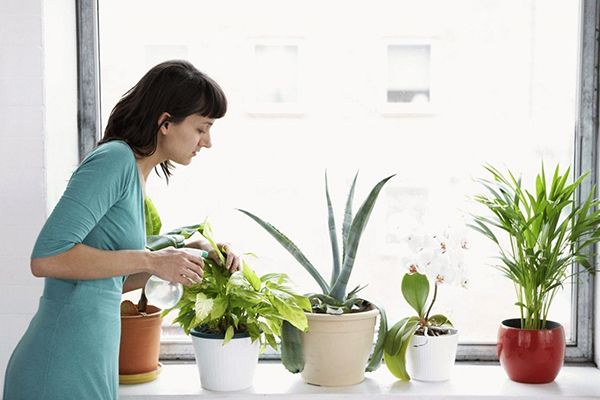


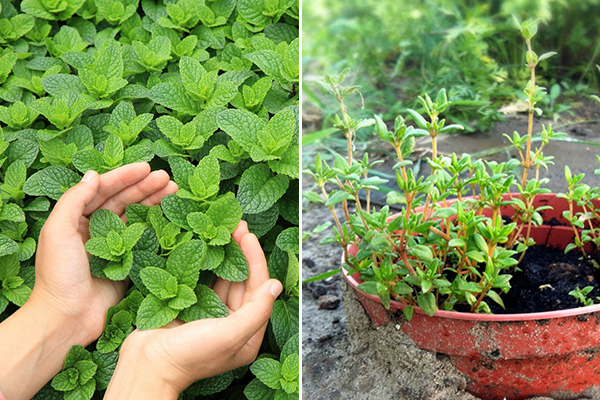
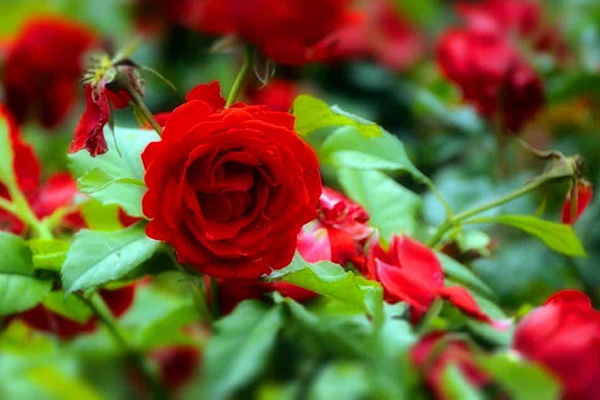
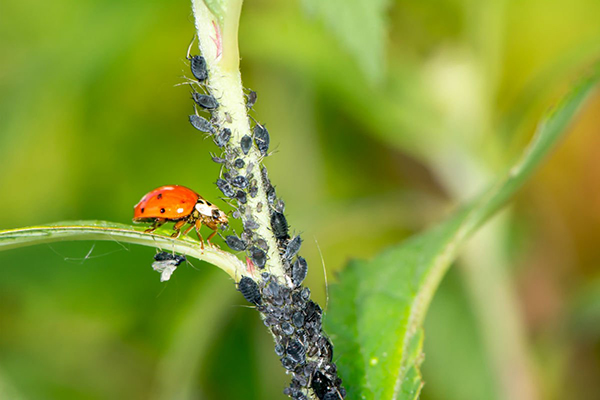
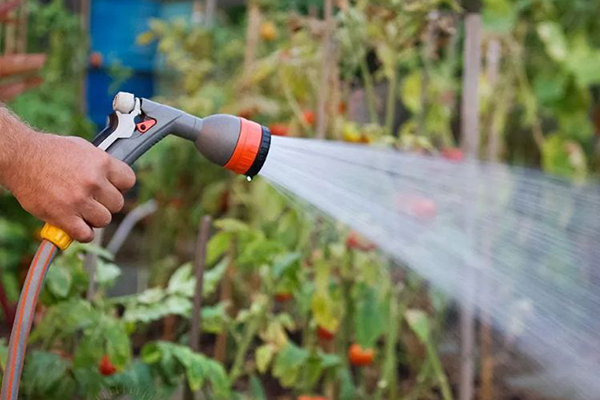

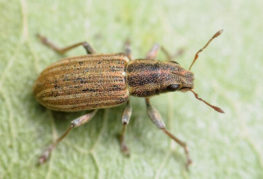
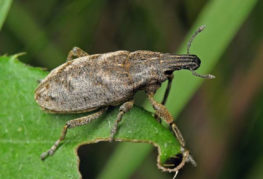
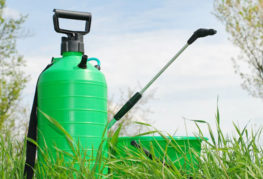
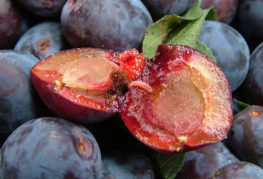
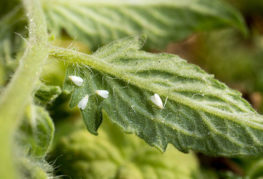
and will be published shortly.